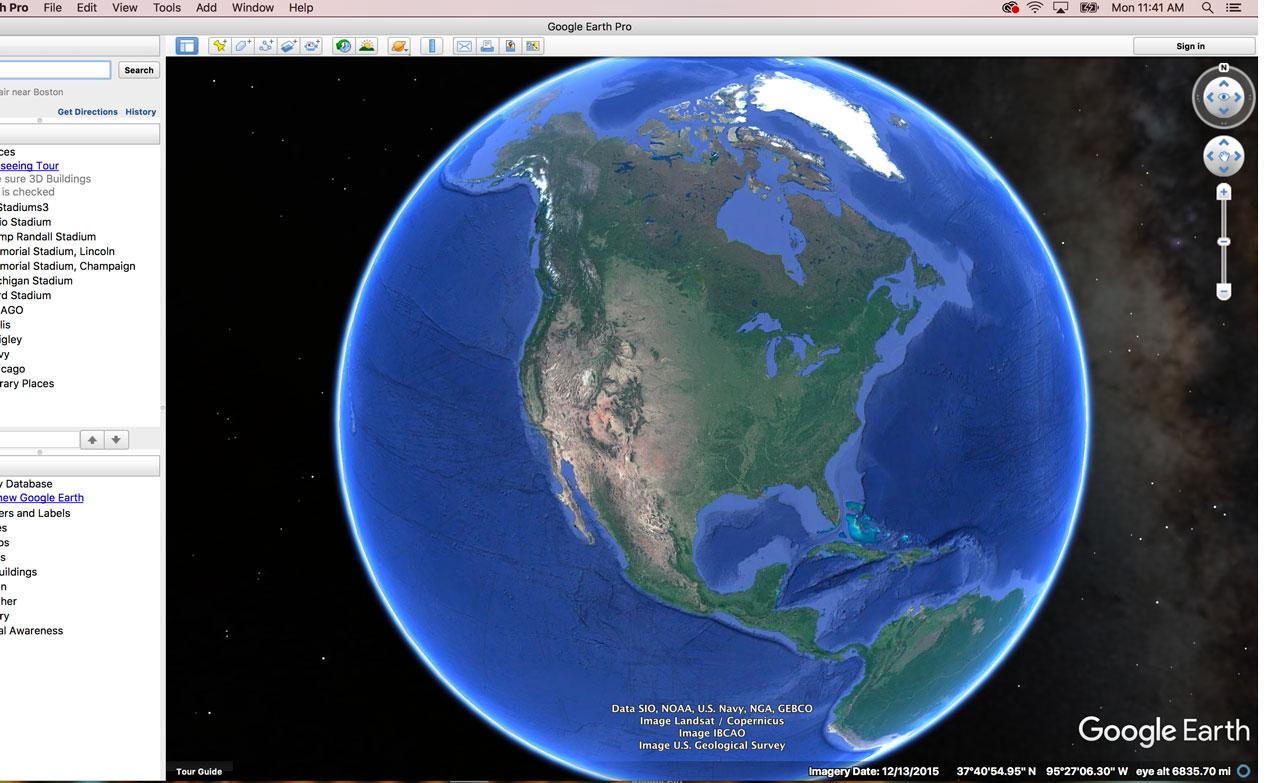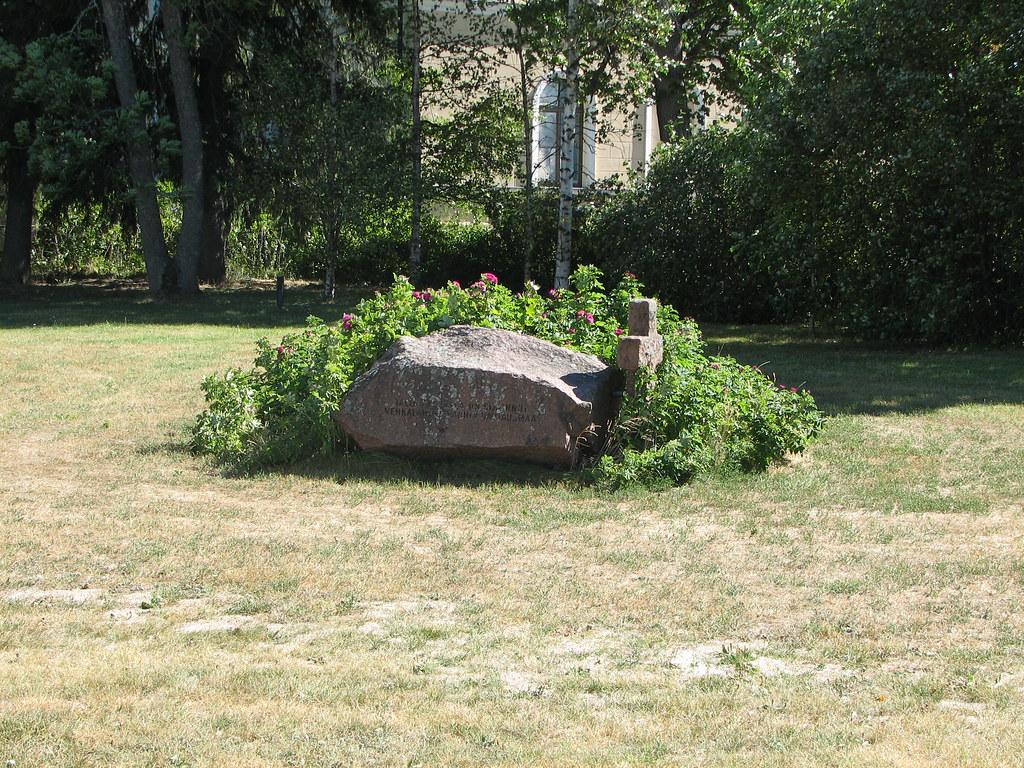How to Use Google Earth for Genealogy
The internet is full of sites and tools which can be beneficial in our hunt for family history information and insights. The majority of them are obvious in their intent in terms of our research and are specifically created for this.
There are, however, some internet tools that many researchers may not realize can be helpful for genealogy. This is because they were never intended for that purpose although by their very nature they actually can play a part.
As the title of this post should have already told you, the one we are going to talk about is Google Earth. We already know it can get us from A to B or let us see a city street on the other side of the world but we likely didn’t see its potential for tracking family history.
In this post, I will explain a few ways in which we can use Google Earth to help us visualize the path our ancestors took to ultimately create us today.
See Your Ancestors' Homes
Years ago without realizing it I had already started using Google Earth in my family tree research. Whenever I would locate an address on a census record for one of my ancestors I would Google it. Often I would come face to face with a new looking street that was maybe a few decades old and clearly not the physical building that my great.great.great.grandparents lived in.
On occasion, however, I would see a building that was clearly old enough and although it may have seen some changes over the years I could actually see the home in which my ancestors once lived. Using street view I could stroll down their street and almost imagine what it was like when they lived there.

If you have ever used Google Earth you know how easy it is to put in an address and search. If that address still exists then it will be found. On occasion, street names may change so you may need to do a bit of research regarding any name changes.
I find a good way to try and locate the previous location of a street is to go to a Facebook community page for the town or village you are looking in. If you ask if anyone recalls where a specific street used to be you may find people who know the answer.
This is something I do for people as well, such as ancestors who passed 70.80 years ago. You might be surprised who may still be living who remembers an area family from when they were just children.
Track the Migration of Your Family
One of the big reasons we all develop an interest in genealogy is a thirst to understand who and where we come from. Going back generations we might find that our ancestors travelled a long way to get to where you are now.
In my own family tree as far back as I can trace my family comes from three bordering counties in North Wales and the English Midlands. Shropshire, Hereford and Radnorshire are the counties that my family for the most part hail from.

Using Google Earth to create a map of the path your ancestors have taken over the generations is a great way to present your research. In truth, it doesn’t usually help you further your research but it can give you insight into your family's historical movements.
I had a great.great.great.uncle who grew up 20 miles away from his future wife. I found them both working as servants in a house in a specific census just a year before they married. We often wonder how our ancestors met and based on location, that is where those ancestors encountered each other.
Start a Project With Family Tree Locations
In order to do this, you are best utilizing Google Earth on a laptop using an internet browser. It is easy to start a project. You simply have to click on the three.line toolbar at the left of the screen and you will get a menu.
Below Search and Voyager, you should see Projects, you simply click this to get started. You are given the option to create a project or upload one. Play around a little with the options available such as dropping placemarks, connecting locations, and adding pictures and written details.
You can have countless placemarks to represent the birth locations of many of your ancestors. It’s not just birth location, however, you can also add places they lived or migrated to as well as the place they ultimately died and are buried.
This is a great chance for you to be creative in producing a new way of showing off your family history. Some people may be moved to see just how many miles their distant ancestors had to travel during a time when transport options were not what they are today.
I know for myself even for the limited region that my ancestors come from some of them would have had to rely on horse and cart or their own two feet to move away to somewhere. A journey of 100 miles would not have been insignificant to them.
Born in 1923 my grandfather was raised in Llanidloes, Wales. The family would eventually move to Rodington, Shropshire England which is some 57 miles away. Today that may seem like nothing but his family were not well off. They didn’t have their own car so this was significant to them.
Walk a Cemetery
This may surprise you but there are some cemeteries through which the Google cars have driven. These are not your average small village churches that just have a stone.lined path but rather the large ones that you can drive through.
You might be surprised to find that the cars have captured good images of some of the graves closest to the roadside. You can see some very clear inscriptions on the gravestones and if you are fortunate enough maybe the marker for one of your ancestors can be seen.

Obviously, this is very dependent on luck but as many battle.weary genealogists will have to admit we are a little too fascinated with cemeteries. I know for my own part I have set myself challenges to try and determine who a person was based on a random gravestone that caught my eye.
Compare Google With Old Maps
As mentioned earlier in this post, sometimes the street our ancestors lived on may have undergone a name change or been completely torn down. Well, Google Earth allows you to use another map that you find online which may show the former layout from 100. years ago and overlay that on the modern.day location.
In doing this you can perhaps try to determine where your ancestor's home used to be or the location of somewhere else of importance to them. Some places stay the same over the years so by lining up what has not changed you can sometimes locate the things that have.
This is not the easiest thing to do and will likely take some practice to master but if you download Google Earth to your browser you can give it a try.
Conclusion
Google Earth is not just a helpful tool to show us images from around the world or get us to our next location. It can also help us create a project that will let us understand the journeys our ancestors took. We can literally see the mountains they had to climb and the dangerous paths they had to walk.
It can show us the homes of our ancestors and maybe even hint at how our great.great.great.grandparents perhaps met. It may not be designed as a genealogy tool but it definitely has its uses.
Link To or Reference This Page
We spent a lot of time downloading, cleaning, merging, and formatting the data that is shown on the site.
If you found the data or information on this page useful in your research, please use the tool below to properly cite or reference Name Census as the source. We appreciate your support!
-
<a href="https://namecensus.com/blog/how-to-use-google-earth-for-genealogy/"> How to Use Google Earth for Genealogy</a>
-
" How to Use Google Earth for Genealogy". NameCensus.com. Accessed on April 25, 2024. https://namecensus.com/blog/how-to-use-google-earth-for-genealogy/.
-
" How to Use Google Earth for Genealogy". NameCensus.com, https://namecensus.com/blog/how-to-use-google-earth-for-genealogy/. Accessed 25 April, 2024
-
How to Use Google Earth for Genealogy. NameCensus.com. Retrieved from https://namecensus.com/blog/how-to-use-google-earth-for-genealogy/.
